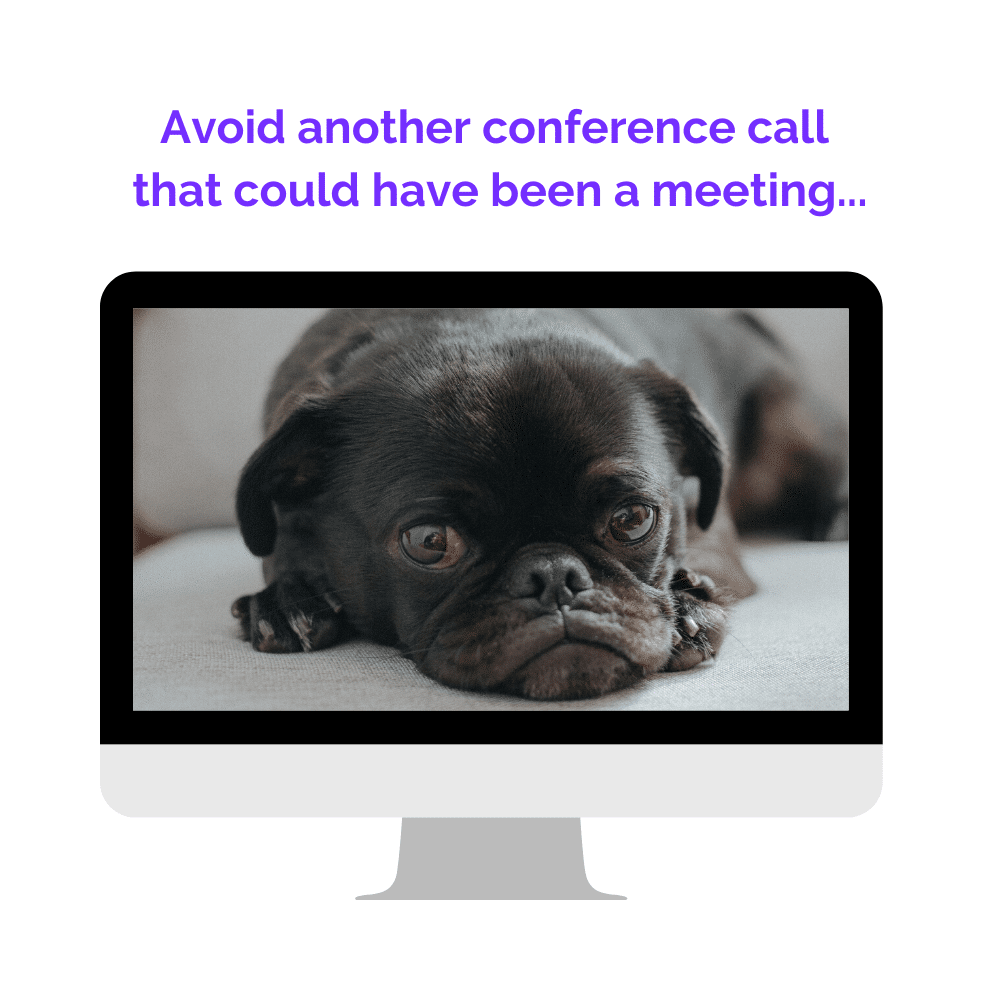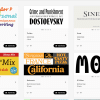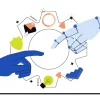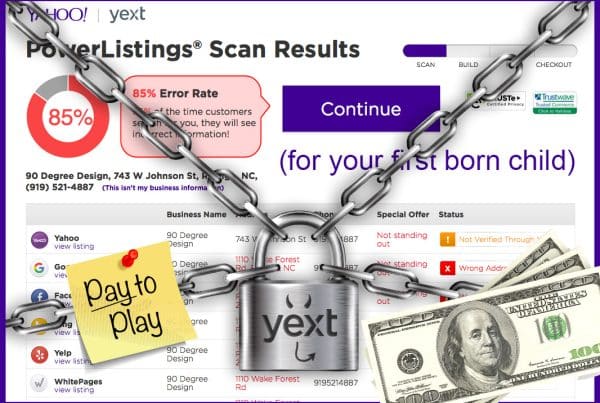
Digital Communication
Have you ever sent a text or email that was misinterpreted by the reader? Last week a friend told me that he unwittingly angered one of his co-workers in an email exchange. He sent an email to a colleague asking a question. The colleague misinterpreted his question as being sarcastic. He normally works in an office where he has face-to-face communication with co-workers and clients. However, companies all around the world are asking their employees to work from home in an effort to slow the spread of COVID-19. That means, most businesses are experiencing more digital communication than they have in the past. My friend felt that the misinterpretation of intent via email wouldn’t have happened if the conversation had been in-person. While percentages vary based on the source, almost every communication expert in the world agrees that the majority of communication is non-verbal (body language, tone, etc.)
While digital communication is already a big part of our work culture, the adjustments the world is making due to COVID-19 are increasing our digital connections – both personally and professionally. And, while we hope that COVID-19 get’s left in the dust, we know that the trend of digital commerce is not going anywhere anytime soon. The digital professionals at 90 Degree design thought it might be helpful to share a few tips on how to navigate digital communication when working from home (or a remote location).
Time is Valuable
Pick the Right Communication Medium
This is a good rule of thumb even under normal circumstances. Due to so many people trying to balance family and work at home, time feels especially precious right now. Be cognizant of what can be handled over email or chat. If there is a lot to say, a phone call or video conference call might be a better option. In most cases it is best to schedule the phone call or conference call instead of calling unannounced.
Be Prepared
If you’re leading the call have an agenda and share it with the participants in advance. If you’re attending a call, be prepared for the agenda items and don’t derail the conversation with off-topic subjects.
Keep it Short and Sweet
Whether we’re talking about an email, phone call, or conference call, keep things clear, concise, and to the point. If you have to email a lot of information, break it up into easily digestible pieces. Consider using bullet points, numbers, headings, and subheadings. Be clear on what you need in response (if anything) and if there is a deadline associated with that response.
Meeting Recap
Consider sending meeting recaps with an overview of what was discussed and any action items and deadlines.
Email Etiquette
Use a Clear Subject Line
Most of us decide how quickly we read an email (or whether we read it at all) by reading the subject line. Great subject lines such as: “Staff Meeting Time Changed” or “Quick Note About Today’s Promotion” clearly state the purpose of the email. The reader is more likely to open it right away. However, an email subject line such as : “Thoughts”, “???!?!?!?” or no subject line at all is way too vague to entice anyone to open it.
Sending Emails
When determining whether someone should be included in the “To” field of an email, simply copied (CC’d) on an email, or left off completely: A good email rule of thumb is that those in the “To” field are expected to reply to the email and those that are in the “CC” field are not.
Use a professional greeting such as “Hi Julie” or “Hello Team” to clearly state who the email is directed towards.
Make Sure It’s Relevant
With inboxes on overload right now, consider refraining from sending emails to someone who will find it irrelevant.
Signing Off
Use a signature that shows your name, title, and contact info (along with any other relevant info such as a link to your website, your social media, or your logo).
Use a professional and polite salutation such as “Looking forward to working with you” or “Thanks for your help”. Don’t just end the email without a proper farewell unless it’s a back and forth conversation.
Being Responsive
When you receive an email, it is considerate to let the sender know that you have received their message. If you are unable to provide a full response to their email right now, you should still let them know that you have received their email and plan to respond at your earliest ability.
Ask yourself, “Should I “Reply All?”. Does everyone in the email thread need to be privy to your response? If not, only reply to the relevant parties. Don’t be that guy!
Text Etiquette
Most of us text friends and family all day, every day. But, texting colleagues is very different from texting your BF4L. Here are our top tips for text communication for business purposes:
- Since most cell phones cross over into the personal realm, please be mindful of timing. Try not to text business colleagues during non-business hours.
- Keep it Quick! If the message is too long or complicated to send via text, try sending it over email or setting up a phone call instead.
- Consider if the message is appropriate for text. Don’t send bad news or confidential info over text. Ever.
Avoid Misunderstandings in Digital Communication
- Re-read your written communications and consider your choice of words and tone. Ask yourself, “Was my message clear?” and “Do I need to provide any further background information?”. Double check your spelling, punctuation, that you’re sending it to the correct party(s), and that you’ve included the appropriate attachments.
- NEVER TYPE IN ALL CAPS! (The reader interprets it as “yelling”… see? It doesn’t feel too good!)
- Exclamation points can be used to show excitement but can also be interpreted as “Urgent!” or “Yelling!”. Double check to make sure your punctuation isn’t confusing your message.
- If you are upset about something, wait until your head has cleared to craft a message or email. You can’t take back an email sent in anger.
- If you’re in leadership, make sure your team has the tools they need to communicate in this new world. For example: They may not be familiar with how to use video conferencing.
- Be aware of what is appropriate behavior on a conference call (check our blog later this week for an article on this topic!)















